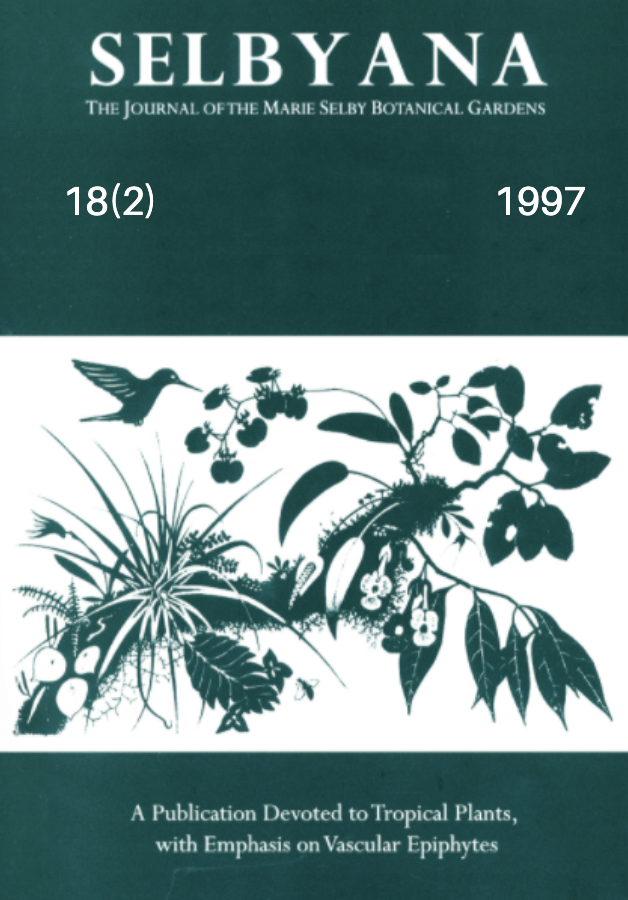Abstract
An efficient method of axenic seed propagation of large numbers of Cypripedium reginae Walt, was developed as a means of supplying seedlings for a restoration attempt in the northeastern United States. Seedlings were grown on ¼ strength Murashige and Skoog basal salts supplemented with 100 ml/l coconut milk and solidified with 7g/l agar. The development of Cypripedium reginae was studied with both light and scanning electron microscopy. Dose response experiments of seed germination versus exposure time to sodium hypochlorite indicate germination and developmental progress was greatest at longer exposure times. Experiments on seed germination subsequent to exposure to increased concentrations of sodium hypochlorite (0%, 0.125%, 0.25%, and 0.5%) indicate germination and developmental progress was greatest at higher concentrations. Earliest germination was seen at 14 days after initial plating of seed. Stage 5 seedlings were present 27 days after initial plating and in greatest proportion in seeds exposed to longer times in sodium hypochlorite. Micropropagation experiments showed a success rate of 32% with an indication of difficulty in cutting the seedlings to allow for both shoot and root development. Approximately 10,000 seedlings have been successfully germinated and have developed both healthy roots and shoots.
Open Access and Copyright Notice
Selbyana is committed to real and immediate open access for academic work. All of Selbyana's articles and reviews are free to access immediately upon publication. There are no author charges (APCs) prior to publication, and no charges for readers to download articles and reviews for their own scholarly use. To facilitate this, Selbyana depends on the financial backing of the Marie Selby Botanical Gardens, the hard work and dedication of its editorial team and advisory board, and the continuing support of its network of peer reviewers and partner institutions.
Authors are free to choose which open license they would like to use for their work. Our default license is the Creative Commons Attribution-NonCommercial 4.0 (CC BY-NC 4.0). While Selbyana’s articles can be copied by anyone for noncommercial purposes if proper credit is given, all materials are published under an open-access license with authors retaining full and permanent ownership of their work. The author grants Selbyana a perpetual, non-exclusive right to publish the work and to include it in other aggregations and indexes to achieve broader impact and visibility.
Authors are responsible for and required to ascertain that they are in possession of image rights for any and all photographs, illustrations, and figures included in their work or to obtain publication or reproduction rights from the rights holders. Contents of the journal will be registered with the Directory of Open Access Journals and similar repositories. Authors are encouraged to store their work elsewhere, for instance in institutional repositories or personal websites, including commercial sites such as academia.edu, to increase circulation (see The Effects of Open Access).
